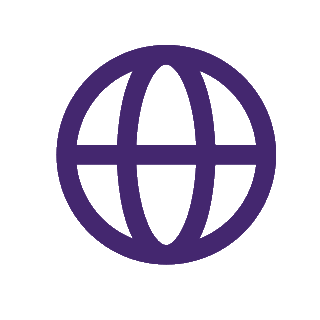On Christmas Day (Thursday 25 December) and Boxing Day (Friday 26 December), there will be no Heathrow Express or Elizabeth line services operating between Central London and Heathrow.
Heathrow Express trains will be running between all terminals, departing every 20 minutes.
Additionally, there will be no Piccadilly line services from London to Heathrow on Christmas Day, and a limited service will be running on Boxing Day.
Special timetables and Sunday services will be in operation across most public transport over the Christmas and New Year period. We recommend planning your journey and allowing for extra time where necessary.
Heathrow Express service information Transport for London service information Alternative travel options





